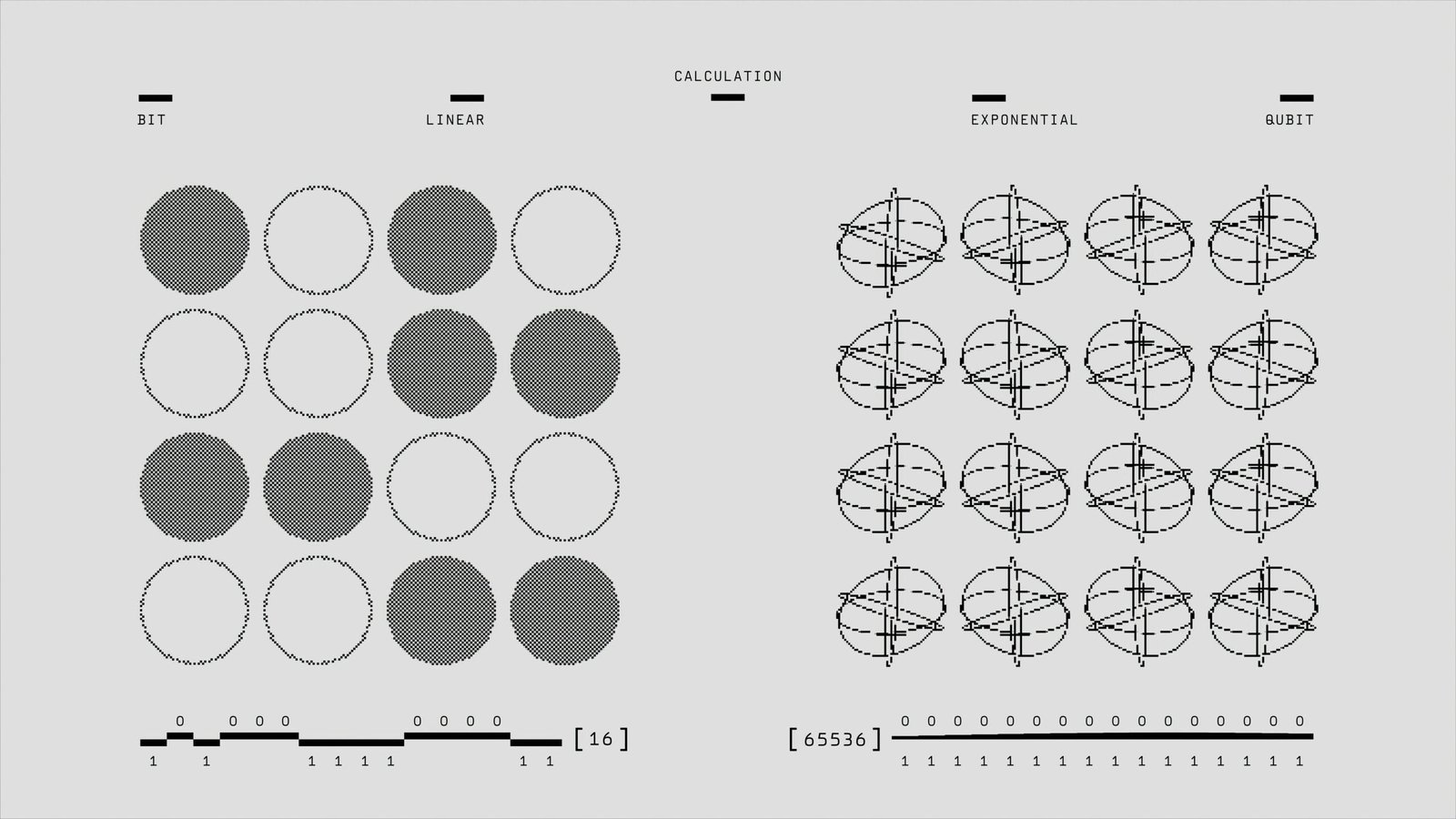Understanding Cloud Computing
Cloud computing has revolutionized how organizations manage, store, and process data by delivering computing resources over the internet. At its core, cloud computing leverages a network of remote servers to enable users to access applications and services from virtually anywhere. This model can be classified into several architecture types and service models that cater to diverse needs.
The primary service models of cloud computing are Infrastructure as a Service (IaaS), Platform as a Service (PaaS), and Software as a Service (SaaS). IaaS offers virtualized computing resources, allowing businesses to rent server space, storage, and networks on an as-needed basis. This promotes cost-effectiveness, as enterprises can scale their infrastructure to meet demand without significant upfront investments. PaaS, on the other hand, provides a platform allowing developers to build, deploy, and manage applications without dealing with the complexities of underlying hardware and software layers. Finally, SaaS delivers software solutions over the internet, eliminating the need for installations and maintaining software updates on user devices.
Cloud computing can also be categorized based on deployment models: public, private, and hybrid. Public cloud services are offered over the internet to multiple tenants, making them highly scalable and cost-effective. Private clouds, designed for a single organization, provide greater control and security, while hybrid clouds combine elements of both public and private models to deliver flexibility and optimization of resources.
Cloud computing is particularly beneficial for use cases such as enterprise resource planning, data backup, and collaborative tools. The scalability of cloud services allows businesses to quickly adapt to changing demands and work seamlessly with teams across different locations. Overall, the foundational concepts of cloud computing underscore its strategic advantages for modern organizations.
What is Edge Computing?
Edge computing refers to a distributed computing framework that brings computation and data storage closer to the physical location where it is needed. This approach minimizes the distance data must travel, resulting in reduced latency and improved response times. By processing data nearer to the source, edge computing alleviates the reliance on central data centers, which can often introduce delays in data transmission and processing.
In practical applications, edge computing serves critical roles, particularly in the realm of Internet of Things (IoT) devices. For instance, in smart cities, various sensors collect real-time data about traffic patterns, environmental conditions, and public safety. Edge computing allows these devices to analyze data instantly, leading to timely decision-making that enhances urban management and emergency response systems. In such scenarios, the immediacy of data processing is vital, as it directly correlates to the effectiveness of services rendered to citizens.
Another significant application of edge computing can be seen in the operation of autonomous vehicles. These vehicles depend on vast amounts of data collected from their surroundings, including sensors and cameras, which must be processed without delay for effective navigation and safety. Through edge computing, vehicles can make instantaneous decisions based on real-time data, thereby improving their operational effectiveness and reducing potential risks.
Moreover, edge computing complements traditional cloud computing by addressing bandwidth constraints. In environments where vast quantities of data are generated continually, transmitting all that data to a central cloud server can lead to bottlenecks, increased costs, and slower response times. By processing some data locally, edge computing reduces bandwidth usage while still allowing for relevant data to be sent to the cloud for further analysis or storage. This dual approach ensures that organizations harness the strengths of both edge and cloud computing in an optimized manner.
Key Differences Between Cloud and Edge Computing
In the realm of digital infrastructure, cloud and edge computing serve different purposes and operational structures. One of the primary distinctions lies in their data management approaches. Cloud computing relies on a centralized model, where data processing occurs in off-site data centers. This architecture allows users to leverage significant storage and computational resources but can induce latency due to the distance data must travel. In contrast, edge computing operates on a decentralized model, processing data closer to its source, thus minimizing latency and enhancing response times.
Processing speed is another critical factor differentiating these two paradigms. Cloud computing is suitable for tasks requiring substantial computational power, such as data analytics and machine learning, where large volumes of data can be processed in bulk. However, in applications where immediate processing is crucial—such as autonomous vehicles, manufacturing automation, or real-time analytics—edge computing provides a quicker alternative by enabling immediate data processing at the device level.
Latency is intrinsically linked to the physical distance data needs to cover, which can significantly impact user experience. Cloud computing may not be able to meet stringent requirements for low latency applications, making edge computing the preferred solution for industries where every millisecond counts, such as healthcare monitoring or financial transactions.
Cost efficiency also varies between cloud and edge computing. While cloud solutions often offer flexible pricing structures based on usage, maintaining a decentralized edge computing network may require substantial initial investments in hardware and infrastructure. However, once established, edge computing can lead to lower operational costs by reducing bandwidth usage and data transfer fees, as data is processed locally.
Ultimately, choosing between cloud and edge computing hinges on specific project requirements, considering factors like data volume, processing speed, latency tolerance, and budget constraints. Each approach has its unique advantages, making it essential for organizations to assess their needs thoroughly before deciding on the appropriate model.
Choosing Between Cloud and Edge Computing
When deciding between cloud and edge computing, organizations must consider various factors that directly impact their operational efficiency and overall effectiveness. Understanding the specific needs of the business is essential. One of the foremost considerations is data volume. If a business generates large amounts of data in real time, edge computing may offer more efficient processing capabilities by analyzing data closer to its source. This approach reduces latency and bandwidth use, enhancing overall performance and customer experience.
Additionally, processing requirements play a crucial role in this decision-making process. Applications that require immediate processing and real-time decision-making—such as those in autonomous vehicles, industrial automation, and healthcare—benefit significantly from edge computing. By minimizing the distance data must travel, businesses can reduce delays that may occur in cloud-based environments. Conversely, if the applications are less time-sensitive and can tolerate some latency, cloud computing presents a flexible solution that can easily scale with demand.
Another critical factor is the specific application demands. Organizations must assess whether their applications require constant connectivity. Edge computing operates effectively in environments where consistent internet access is a challenge, as it enables local processing. On the other hand, applications relying on significant computational power or requiring access to extensive resources may find cloud computing to be more advantageous due to its capability to store vast amounts of data securely and grant access to powerful processing resources.
Implementing a hybrid approach could also be an ideal solution for many businesses. This strategy combines the strengths of both cloud and edge computing. For instance, sensitive data can be processed at the edge while leveraging the cloud for less critical tasks. Furthermore, future trends suggest a growing integration of both technologies, highlighting the importance of continually assessing organizational needs as technology evolves.







